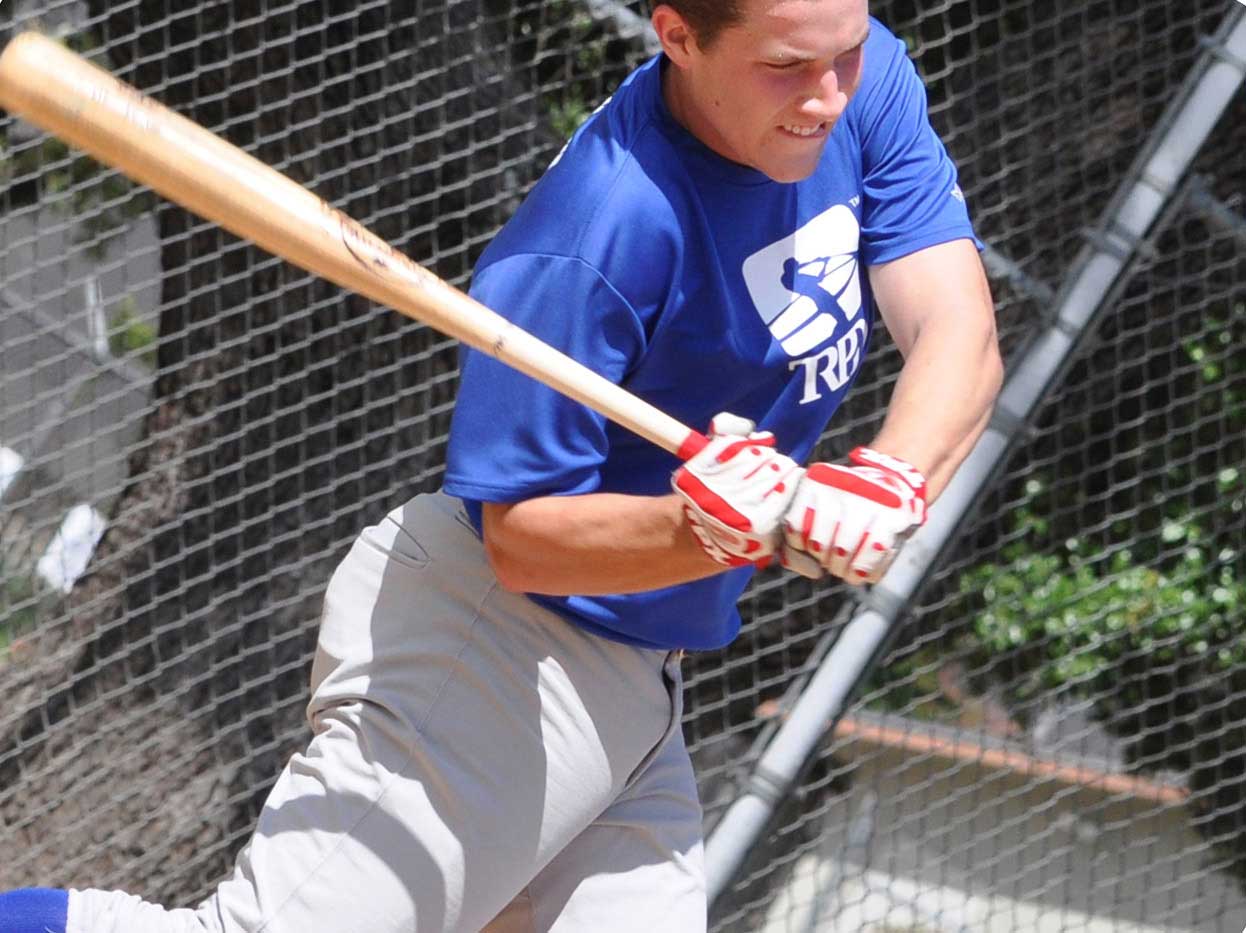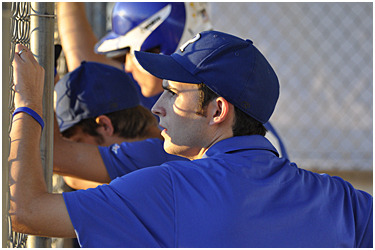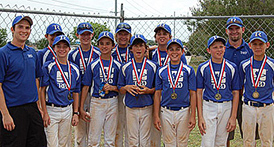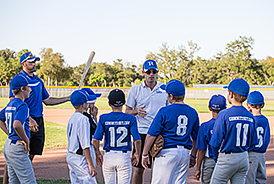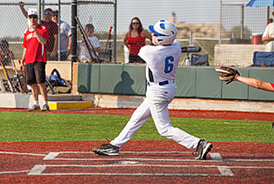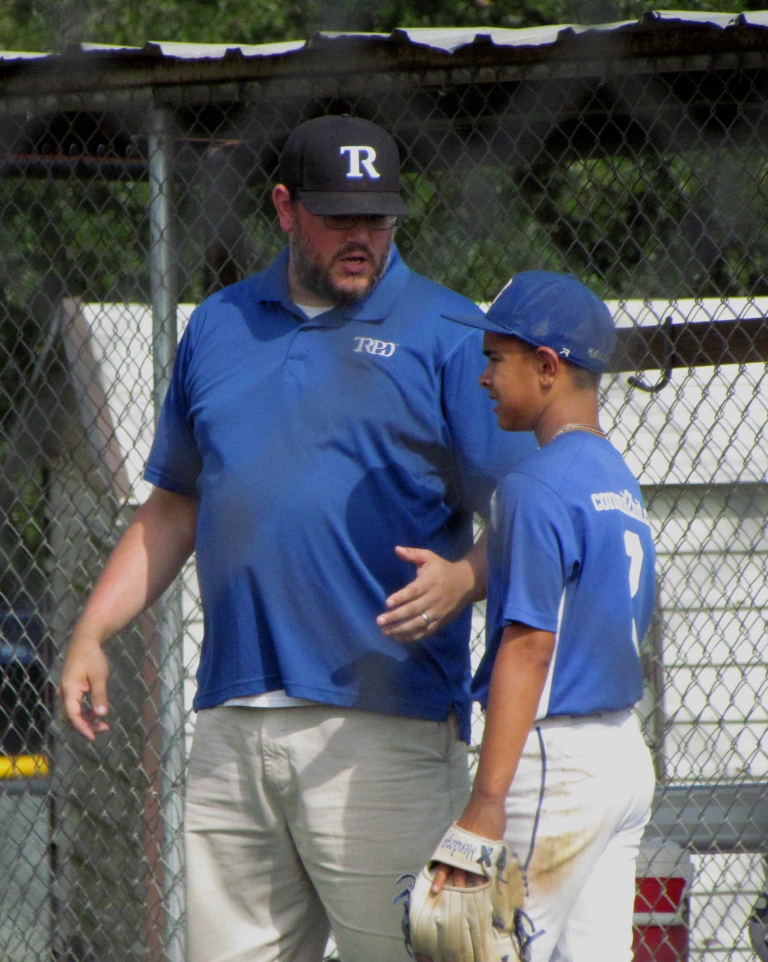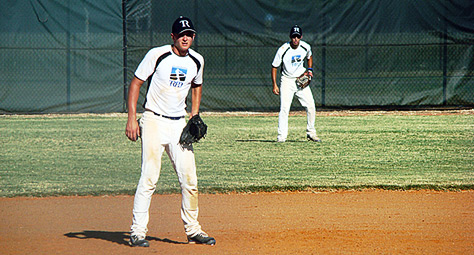The Journey Through Little League Baseball
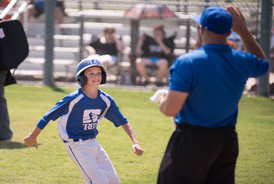 When starting baseball, kids almost always begin with teeball in little league. The main objective of teeball is to learn the rules of the game, to not get hurt, and for parents to get pictures of their kids being cute. There may be two kids on the field who can catch. The goal for the rest is to pay attention the whole game, and hopefully make it to the bathroom on time.
When starting baseball, kids almost always begin with teeball in little league. The main objective of teeball is to learn the rules of the game, to not get hurt, and for parents to get pictures of their kids being cute. There may be two kids on the field who can catch. The goal for the rest is to pay attention the whole game, and hopefully make it to the bathroom on time.
Following teeball, kids move into coach pitch where the talent gap can become even more apparent. Kids start hitting the ball harder, and you can start to see a fear of the baseball begin to develop. The important thing at this juncture is still having fun and learning the rules of the game. As long as the coach has a basic understanding of fundamentals, there isn’t much outside assistance required.
Natural Divide
Kids begin to pitch to each other starting at age 9; this is when the first real separation occurs. Now, hitters are usually afraid of being hit by a pitched ball and the pitcher is equally afraid of hitting the batter. Natural athletes begin to shine at this point, and many players can get away with being great with poor fundamentals. During this time in a player’s career it is crucial to get proper instruction to build the correct habits towards the future. Fun is still the name of the game, but it is always more enjoyable to do something when you do it correctly and have success.
Once players reach 11-12 years old, those that don’t enjoy baseball anymore begin to find other interests, and another separation occurs. It becomes much more necessary to work on skills outside of practice in order to have success, and many find the reward isn’t worth the effort. If they are not getting some sort of professional instruction by this point, it will be hard for players to keep up with their peers that are. It is still important to have fun, but winning does become more important, and just showing up isn’t enough to enjoy your time as a love for the game and competition grows.
Finally, kids enter the last age range, 13-14. At this age they find that not many players still play. Almost everybody that is looking to play in high school is playing select, and the competition drops off significantly because of this. In addition to this, many leagues still play at 80ft bases when players are 14, which really stunts their development because in a few short months they will be moved back to 90ft in high school ball.
Little league offers a great opportunity for players to learn the game, play with friends from the neighborhood, and compete in what should be a safe and fun environment at a younger age.
This is usually the first place kids foster their love for baseball, and it provides many special memories. However, all coaches are volunteers, and you never know who you will get. There are many different versions of coaches you can get in little league. Some are excellent coaches who provide a positive atmosphere and seek to allow everybody development. There are those with great intentions that just don’t have the skills to teach baseball or run an effective practice. Then there are those who berate children, play politics, and place winning as too high a priority. Unfortunately too much can be left up to chance in this environment if there is no control over which coach you play for.
As a general rule, competitive players leave little league around ages 11 and 12. Most players who are still in little league when they are 13 and 14 will be hard pressed to make their high school teams because they are usually so far behind players who have been getting better consistent instruction and playing time in the select world.
In the next blog, we will discuss how to find the best fit when it is time to move to select. If you have any questions, please contact [email protected].

